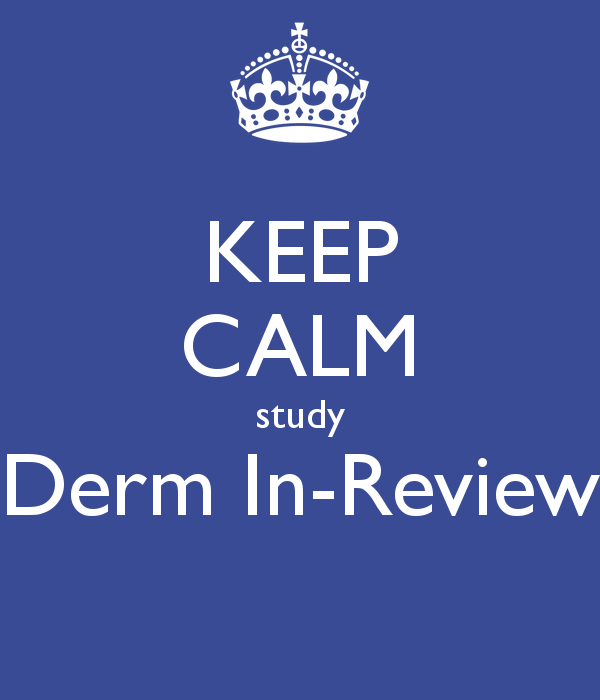When it comes to board exams, there is one important thing to remember for success: You don’t just need to learn material, you have to synthesize it. Medical journals and literature are tricky and require creative thinking and applied problem solving in order to fully understand; that’s why synthesis is so important. This could mean building tables, compiling figures and small chunks of data… whatever it takes to remember the information at hand.
But because there’s so much to study, students are always at risk for fatigue. It’s better to study in short bursts and to prioritize areas in the book that you feel are most important. One good example of how to do this is the basement membrane. You can group and regroup the molecules and diseases in many different ways, and the more you group them the easier they are to remember.
One thing we recommend is using a combination of Derm In-Review, Kodachrome atlases, Dermpath atlases and slide sets, along with pocket guides and handbooks. Because more than half the boards are pictures, constantly look at kodachrome atlases and textbook pictures, use clues to understand how to pull apart related entities, and try to figure out what classic pictures from an atlas might show up in an exam.
When reading through material, it’s important to pay attention to material the authors feel is especially important. Text and graphics found within gray boxes, arrows, and bolded material are especially important. Also keep in mind that you should be able to recreate as many tables as possible from the literature, and to constantly use quizzing to improve weak areas.
Keep in mind that studying hard will make you a better dermatologist, and that so much of good performance is tied to stress. Don’t forget to eat before the exam, take a deep breath before you start, and remember that you know your material!

